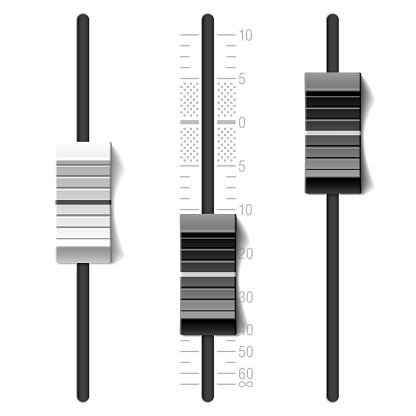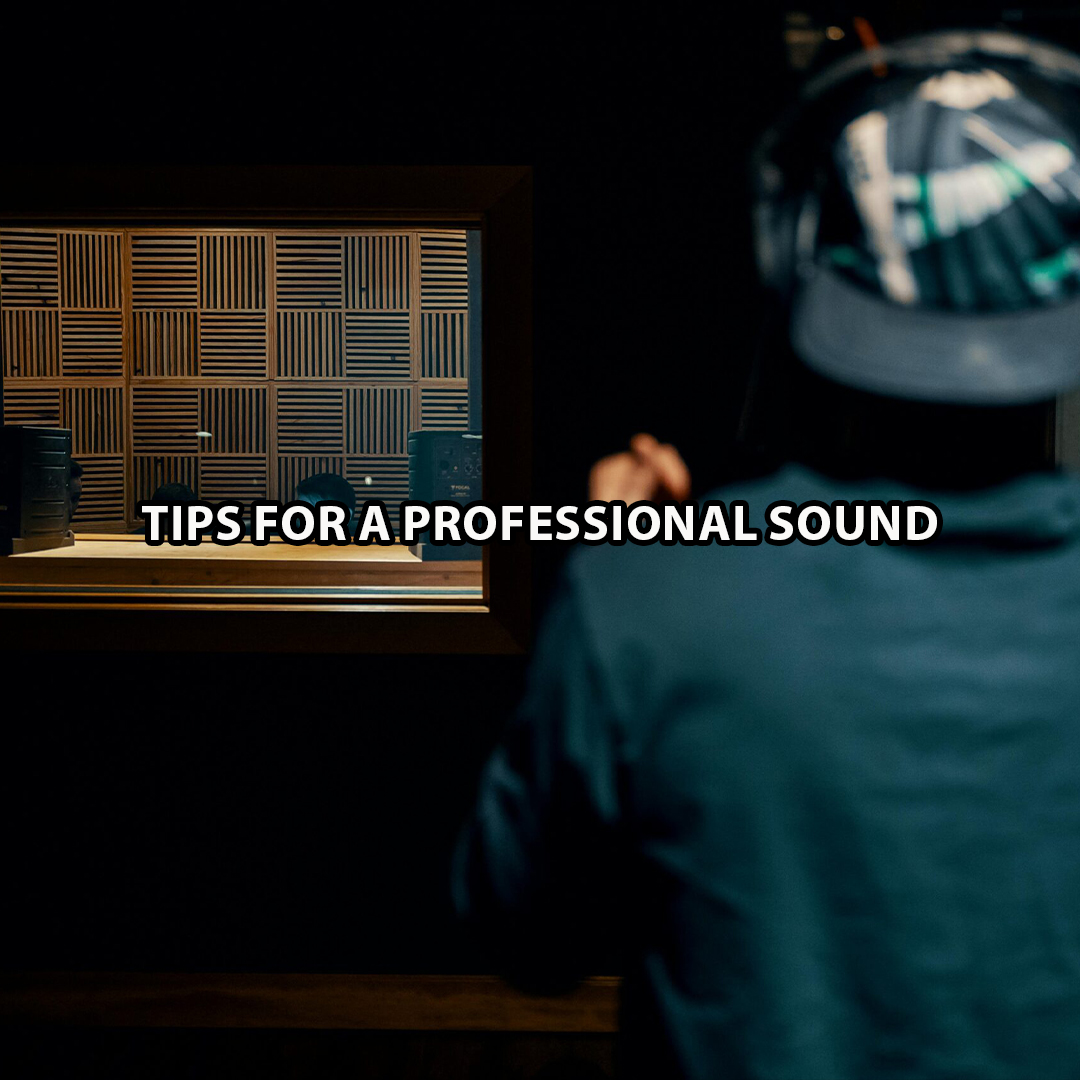Creating a demo that captures the essence of an artist’s potential and grabs the attention of industry professionals is a crucial step in any musician’s career. A well-crafted demo can open doors to new opportunities, including record deals, management, and performance slots. Here are some essential tips to ensure your demo sounds professional and stands out in the competitive music industry.

1. Invest in Quality Equipment
It Takes Money To Make Money
While you don’t need to break the bank, investing in some quality recording equipment can make a significant difference in your demo’s sound. Essential gear includes:
- Microphone: A good condenser microphone can capture vocals and instruments with clarity.
- Upper-tier Options: Sony C800, Telefunken ELA M 251E
- Mid-tier Options: Neumann U87, Neumann TLM 103
- Lower-tier Options: Slate VMS ML-1, Warm Audio WA87
- Audio Interface: This connects your microphone and instruments to your computer and ensures high-quality sound capture.
- Upper-tier Option: Antelope Audio GoliathHD
- Mid-tier Option: UAD Apollo Twin
- Lower-tier Option: Focusrite Scarlett
- Headphones and Monitors: Accurate playback equipment helps you make better mixing decisions.
- Upper-tier Option: Augspurger Classic 215-SXE3/3500
- Mid-tier Option: Yamaha NS-10 (Near Field Monitor Speakers)
- Lower-tier Option: Yamaha HS8 (Near Field Monitor Speakers)
2. Choose the Right Environment
Treat Your Room!
Recording in a quiet, acoustically treated space can drastically improve your sound quality. Here’s how to optimize your recording environment:
- Soundproofing: Use foam panels, carpets, and heavy curtains to reduce unwanted noise and echo.
- Placement: Position your microphone away from reflective surfaces to minimize room sound. Foam, curtains, or carpets are used to cover these surfaces to decrease reflections and deaden the sound.
3. Plan Your Arrangement
Work With Intent
Before hitting the record button, take the time to plan your song arrangement. This includes deciding on the structure, instrumentation, and dynamics. A well-arranged song keeps listeners engaged and highlights your strengths as an artist. This can still be worked on until the release but it is good to record with intent when possible.
4. Pay Attention to Performance
Be Your Own Worst Critic
Your performance is the heart of your demo. Practice your parts thoroughly before recording to ensure confidence and precision. Here are some tips:
- Warm-Up: Warm up your voice or instrument before recording sessions. Hot tea can help the vocal chords warm up.
- Emotion: Convey the emotion and energy of the song to connect with listeners.
- Multiple Takes: Record several takes and choose the best performance. After you will “Comp” the best takes into 1 perfect take.
5. Use High-Quality Backing Tracks
Quality Matters
If you’re using backing tracks (Instrumentals), ensure they are of high quality. Poorly produced tracks can detract from your performance. Consider collaborating with a producer or using professionally made tracks. Always get the stems for your backing track as you will need them when it is time to mix your record.

6. Mind Your Levels
Don’t Get Loud Yet
Recording at appropriate levels prevents distortion and maintains clarity. Here’s how to manage your levels:
- Gain Staging: Set the input gain so that the loudest parts don’t exceed 0dB, try leaving 3-6 db of headroom for mixing. If using a limiter in the demo cut for loudness, be sure to remove this limiter before sending out for mixing.
- Consistency: Keep vocal and instrument levels consistent throughout the recording.
7. Edit and Clean Up
Keep It Clean
Editing is crucial for a polished sound. Remove any unwanted noise, clicks, or breaths that can distract from the music. This includes:
- Noise Reduction: Use noise reduction tools to clean up background noise. Some of these tools include X-Noise, De-Click, De-Breath, iZotope RX.
- Timing and Pitch: Correct timing and pitch issues using editing software, but avoid over-editing to maintain a natural sound. Try Antares AutoTune or Melodyne for correcting pitch and time.
8. Mix and Balance
Balance Is Key
A balanced mix makes each element of your demo shine. Basic mixing tips include:
- EQ: Use equalization to carve out space for each instrument and remove any muddiness.
- Compression: Apply compression to control dynamics and add punch to your tracks.
- Reverb and Delay: Add reverb and delay to create depth and space, but use them sparingly to avoid a washed-out sound.
9. Mastering
Time To Get Loud!
Mastering adds the final polish to your demo, ensuring it sounds good on all playback systems. If possible, hire a professional mastering engineer. If you’re doing it yourself, focus on:
- Loudness: Make sure your demo is at an appropriate loudness level compared to commercial tracks.
- Consistency: Ensure all tracks have a consistent sound and volume.
10. Get Feedback
Judgement Day
Before sending out your demo, get feedback from trusted musicians, producers, or audio engineers. Fresh ears can catch issues you might have missed and provide valuable insights.
Final Thoughts
Recording a quality demo takes time, effort, and attention to detail. By investing in good equipment, optimizing your recording environment, and focusing on performance and production techniques, you can create a demo that showcases your potential and captures the attention of industry professionals. Remember, your demo is your first impression—make it count!
